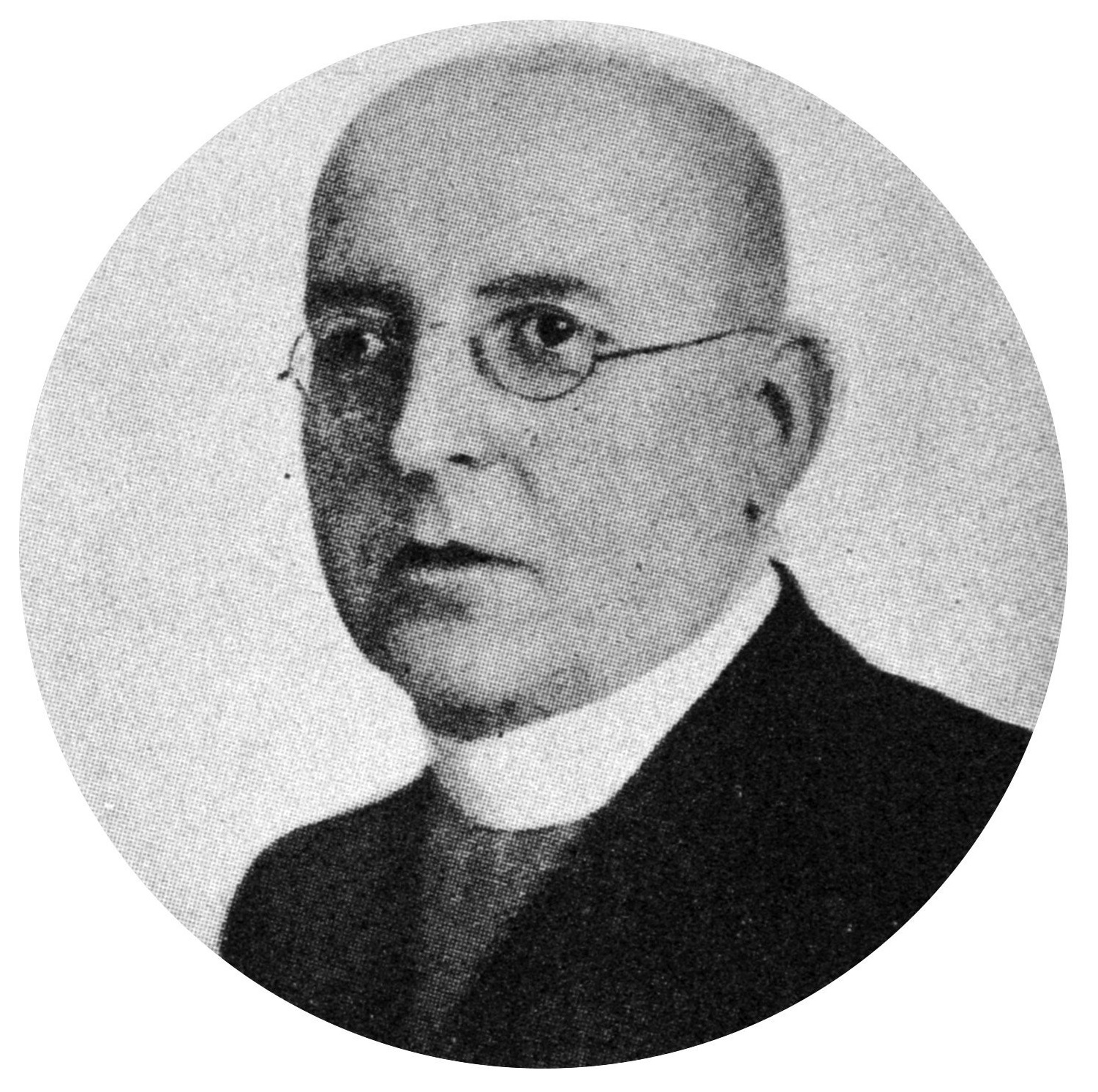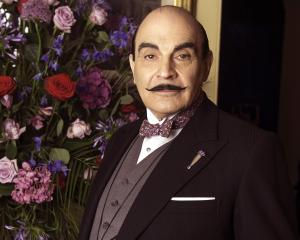
The bullet pierced his lung. An operation was performed, and Dr Seipel is expected to recover. The Communist shot himself in the head and is in a dangerous condition. The police regard the crime as political and assert that Dr Seipel, who was formerly a Roman Catholic priest, had many enemies, despite his distinguished services to Austria. Dr Seipel was twice wounded, the first time slightly, but the second time more seriously. His assailant has been identified as a weaver named Jaworek, of Pottendorf, near Wiener Neustadt.

Mataatua wharenui mistreated
One cannot help feeling intense sympathy for the man or the members of the committee who decided that tourist photographs with gilt edgings should be let into the panels of the Maori house Mata-Atua. It is one of those classical blunders which will go down to posterity. It will stand for generations as an example of the grossest vandalism, of the darkest ignorance of all that has gone to make of the Maoris a race apart. It is difficult to conceive that it would be possible to find one person in the whole of New Zealand who was capable of so misunderstanding the mentality and the traditions of the Maori race as to suggest such an impious act. It must, therefore, be taken for granted that there has been an entire misconception of what the New Zealand Government has become possessed of in reclaiming from the South Kensington Museum this priceless example of Maori art. Cromwell stabled his horses in churches and cathedrals. It is just possible to conceive of a Bolshevist Government letting space in Westminster Abbey for advertisement posters. But even this to the modern Maori would be as nothing compared to the desecration entailed in placing photographs between the figures in their ancestral portrait gallery. To a Maori of the old faith such a departure from tradition in a ceremonial house erected to the accompaniment of innumerable and powerful incantations would have been so diabolical as to be punishable by instant death.
Mata-Atua is not quite a genuine antique. It was carved with steel tools and completed in the year 1874. But it is emblematic of the unbroken traditions of the Ngatiawa and Urewera tribes, To-day it would be impossible to gather together the craftsmen capable of such inspired work. If anything like it is over attempted again it would be a mere copy. Mata-Atua is classical work. It is the greatest example of Maori art in existence, and can never be repeated. Is it any wonder then that those who have been entrusted with the erection of it at Wembley — Major R. Dansey, Mr Te Kiri and Mr Glenville Barclay, all possessing the true spirit of their Maori ancestors — should have brought a great reverence and devotion to their task. They have done their work well. While the carvings were still housed in the Kensington Museum the most explicit instructions were sent to New Zealand regarding the necessary extra perishable materials. Definite measurements were given and carefully prepared drawings were sent. Yet those responsible for the preparation of the panelling have made additional increases in dimensions for reasons which had already been considered and allowed for, thus causing loss of valuable time in refitting and alterations. Of the paua shells forwarded, the majority are of a size much larger than any used in the Mata-Atua carvings or in any other Maori carvings in existence. And lastly, the tukutuku work which fills in the spaces between the carved pillars around the walls of the house is brought only two-thirds of the way up instead of up to the cornice. The other third is imitation reed (kakaho), and in this are the preposterous gilt-edged niches for tourist photographs.
Scattered throughout the civilised world are thousands of people who have a real appreciation of the antique and the artistic. Many of these will journey thousands of miles to see the famed ceremonial Maori house. They are well versed in the customs and traditions of Polynesia, and if this wild scheme of desecration were permitted New Zealand would become the laughing stock of the artistic world and its European population would be unjustly branded as Philistines.
— by T.J. Pemberton, in London.
— ODT, 3.6.1924 (Compiled by Peter Dowden)












